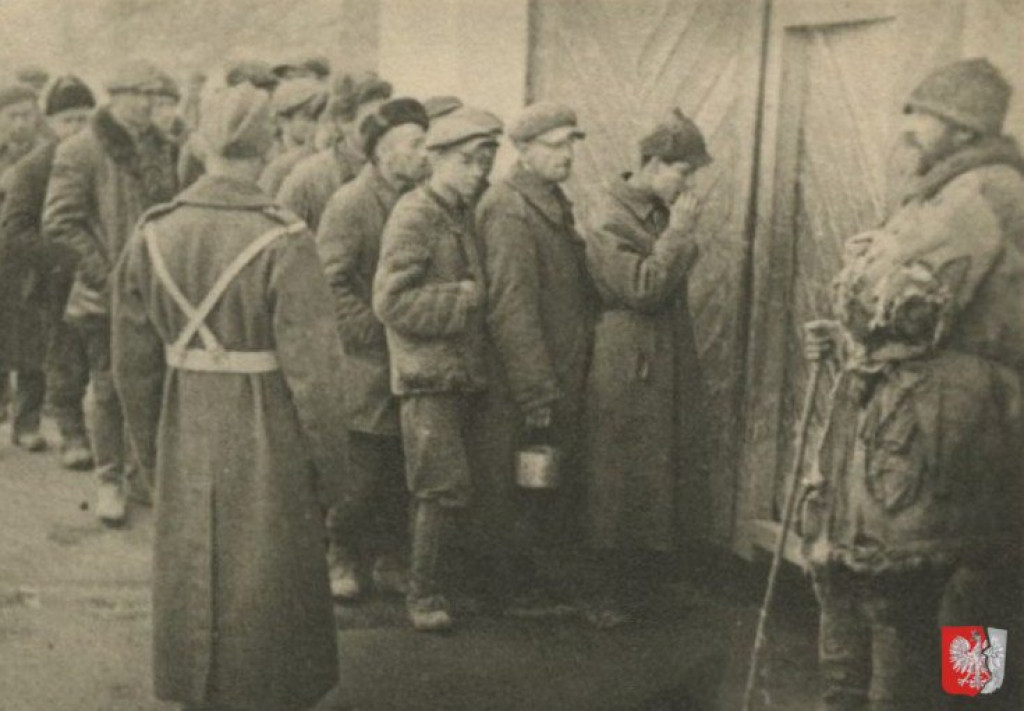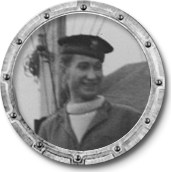Following the imprisonment of his policeman father in Równe (later to be executed in the Katyń massacres) 11 year old Władysław Pacewicz was deported in a cattle truck on 13th April 1940, together with up to 2 million other Polish citizens (including up to 242,000 POWs) to Siberia. Within a year, half would be dead. Władysław was sent for forced labour to the harsh steppe of northern Kazakhstan. With his mother and sister they survived the first winter, but would not have survived a second.On 22nd June 1941 Germany invaded USSR in “Operation Barbarossa”, bringing Stalin to the side of the Allies. On the 30th July 1941 the “Sikorski-Maisky” agreement was signed which gave the exiled Poles in USSR “amnesty”. A Polish-Russian military agreement followed on 14th August 1941, permitting the formation of a Polish Army on Soviet soil under General Władysław Anders. The HQ was in Buzuluk, in the Orenburg District of the Ural Mountains, with recruitment centres in Tatischevo, Totskoye, Kuibyshev and Koltubanka.On 17th September 1941 Władysław Pacewicz was released from forced labour. He and many thousands of Polish citizens had to make their way to the army recruitment centres without money, food or organised transport:“… the rail network was thrown into confusion and was unable to cope… Poles were released in an appalling state – half-starved, susceptible to illnesses and infections, very often clad in rags, without proper footwear, and lice-ridden.”Keith Sword, “Deportation and Exile: Poles in the Soviet Union, 1939-48”.On 1st December 1941 Władyslaw Pacewicz reached the Urals and enlisted in the Polish Army at Totskoye, being posted to the 18th Infantry Regiment, 6th Infantry Division. The Polish soldiers had to camp in tents in freezing winter conditions. There was a huge lack of weapons for training, inadequate food provision (because Stalin had cut the rations to the Polish Army) and epidemics of typhus and dysentery.In January and February 1942 the Polish forces were moved to the warmer, southern republics of the USSR – Uzbekistan, Kirghizstan and Turkmenistan. Finally Stalin and General Anders agreed on 18th March to evacuate the Polish Army to Persia, first by train to Krasnovodsk and from there by ship across the Caspian Sea.Approximately 116,000 Polish exiles (78,572 were military) escaped the Soviet Union this way. The first ship ASTRAKHAN left Krasnovodsk on 24th March. This contingent numbered 1,387 Poles, almost all of whom were sailors and airmen earmarked for onward transfer to G.B. under Operation Scrivner.Władysław Pacewicz had volunteered for the Polish Navy and was on this first evacuation to Pahlevi on the 24th March 1942.
From Persia, and then to Iraq, the more able-bodied Polish troops were moved to Palestine where the Polish Army was being re-organised. On 1st June 1942 Władysław Pacewicz was transferred to the Polish Navy camp in Palestine. He was 14 years old, but lied about his age by 5 years. On the 3rd July he left by ship for the UK, arriving in Clyde or Liverpool on the 23rd August 1942. With effect from the 28th August 1942, Władysław Pacewicz was enlisted in the Polish Navy under British Command.
























